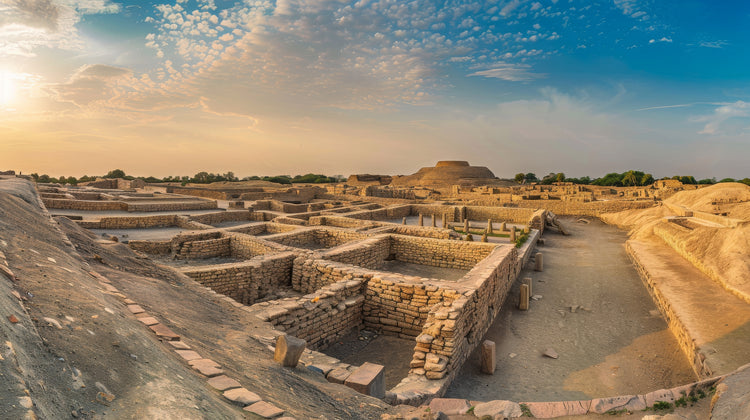The Fascinating History of the World’s Oldest Swimming Pool

The history of the world’s oldest swimming pool is truly fascinating. Swimming pools have long been a part of human recreation, offering a place to relax, exercise, and cool off. However, the concept of a swimming pool dates back thousands of years. One of the most intriguing fun facts about swimming pools is the existence of the world’s oldest known pool – the Great Bath of Mohenjo-Daro.
The Great Bath is located in the ancient city of Mohenjo-Daro, which was part of the Indus Valley Civilization. This civilization flourished around 2500 BCE in what is now Pakistan and northwest India. The Great Bath is considered one of the earliest public water tanks in the world and is a testament to the advanced engineering and urban planning of the Indus Valley people.
The Great Bath measures approximately 12 meters long, 7 meters wide, and 2.4 meters deep. It is constructed from finely fitted bricks and features a sophisticated drainage system. The pool was lined with bitumen, a natural tar-like substance, to make it waterproof. This level of engineering sophistication is remarkable, considering it was built over 4,500 years ago.
While the exact purpose of the Great Bath remains a subject of debate among historians and archaeologists, it is widely believed to have been used for religious or ceremonial purposes. The Indus Valley Civilization placed a high value on cleanliness and hygiene, and the Great Bath may have been a site for ritual purification. The presence of steps leading down into the pool suggests that it was designed for easy access, further supporting the idea of its use for bathing.
The Great Bath’s central location within the city of Mohenjo-Daro indicates its importance to the community. It was situated in a large courtyard, surrounded by colonnades and smaller rooms that may have been used for changing or storage. This layout suggests that the Great Bath was a focal point for social gatherings and communal activities, much like modern swimming pools.
Despite being thousands of years old, the Great Bath has been remarkably well-preserved. Its discovery in the 1920s provided valuable insights into the daily lives and advanced engineering capabilities of the Indus Valley Civilization. Today, the Great Bath stands as a symbol of the ingenuity and sophistication of ancient societies.
The design principles of the Great Bath, such as the use of waterproofing materials and efficient drainage systems, continue to inspire modern architects and engineers. The emphasis on communal spaces and the integration of pools into urban planning can also be seen in today’s public swimming facilities.
The story of the Great Bath of Mohenjo-Daro is a fascinating chapter in the history of swimming pools. It highlights the ingenuity and cultural significance of ancient civilizations and serves as a reminder of the timeless appeal of swimming. Whether used for religious rituals, social gatherings, or simply cooling off on a hot day, swimming pools have been an integral part of human life for millennia. The next time you take a dip in your local pool, take a moment to appreciate the rich history and engineering marvels that have made such a simple pleasure possible.


